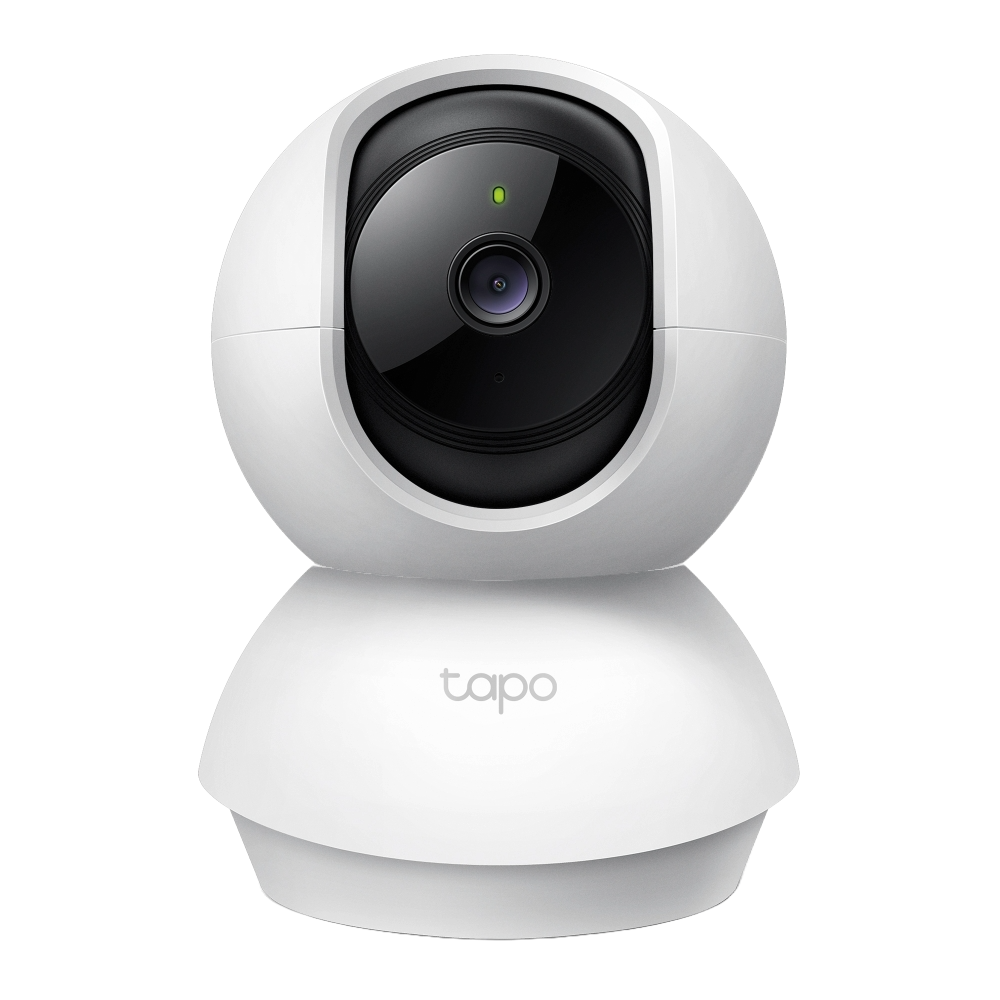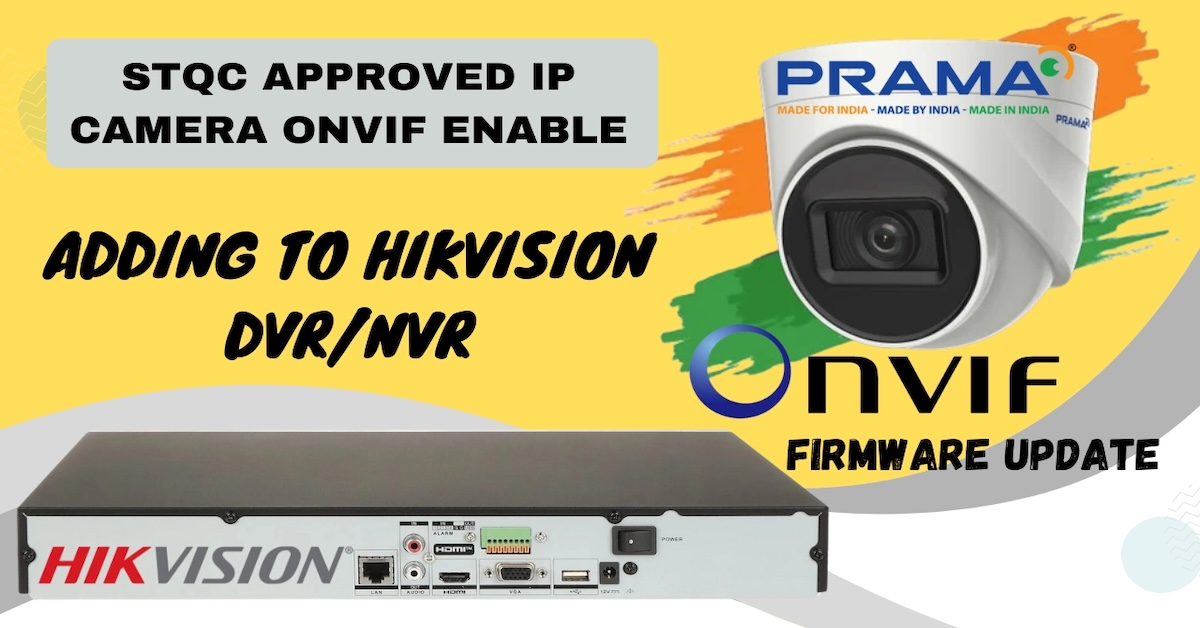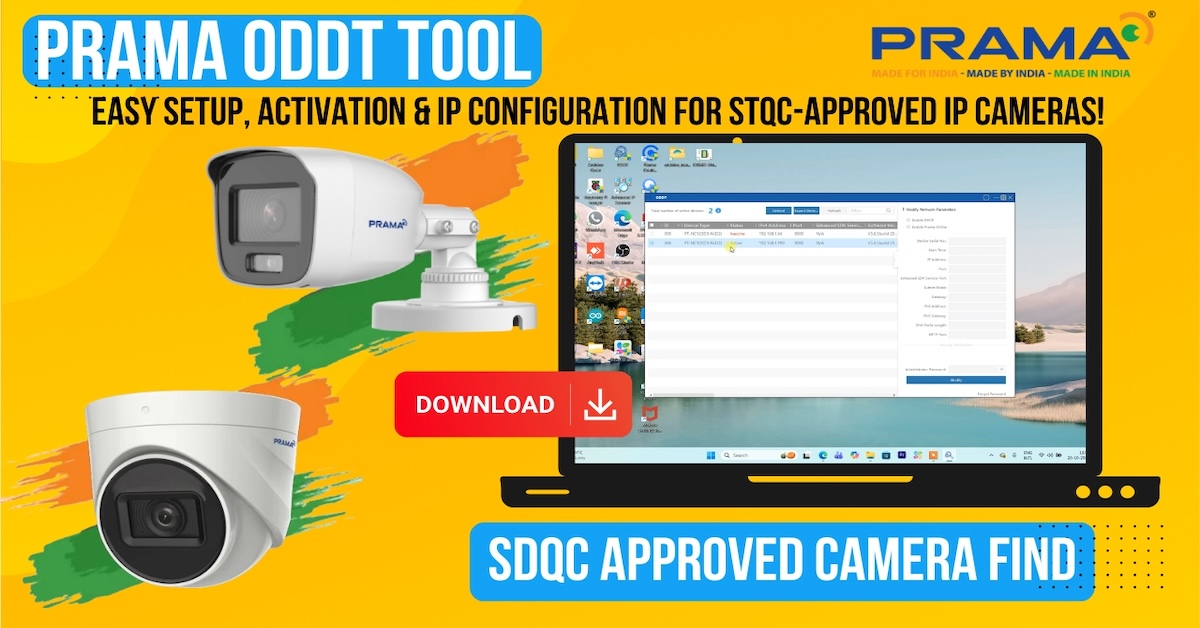CCTV, Closed circuit television – Analog cameras are used in older surveillance systems. Analog camera technology is now evolving SD to high-definition (HD), now capable of up to 8 megapixel resolution. Analog CCTV security systems transmit and record video data in an analog format before sending it over coaxial (RG59 or RG6) cable to a Digital Video Recorder (DVR). The DVR then transforms this analog data into a digital format, compresses it, and stores it on a hard drive for subsequent playback. The DVR can also be set up to broadcast over the Internet and can add password protection and other features. When broadcasting over the Internet, the video for all of the cameras is transmitted as live monitoring and playback over a network using Mobile / PC.

This typical Analog camera comes with Video (BNC) & DC Input Port.
Analog cameras capture footage and transmit the data in the form of analog electrical signals via coaxial (BNC video) cables to the DVR recorder
Analogue CCTV Cameras Advantages:
- Analog security cameras are less expensive compared Network IP Cameras
- maximum transmission distances are approximately 300 meters over coax cable or 1.5 kilometers over twisted-pair (Cat 6) cable using video balun.
- Audio-over-Coax is able to transmit audio and video over the same coaxial cable
- Easy to install everyone / Simplified setup process
- It demands less bandwidth than IP camera systems
- The technology support enable the use of 4K high-resolution analog cameras
Analogue CCTV Cameras Disadvantages:
- Analog security camera systems require more storage space than IP security camera systems (Video compression)
- Requires both a coaxial cable and power cable for each camera, unlike IP cameras that use a single PoE cable
- Typically, lower image quality and frame rates lead to potential blurriness or graininess in high-motion areas
- Analog camera cabling/Wiring expansion costs are higher compare IP cameras because of the wiring required for each camera from the DVR.











